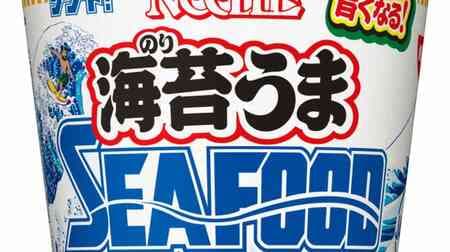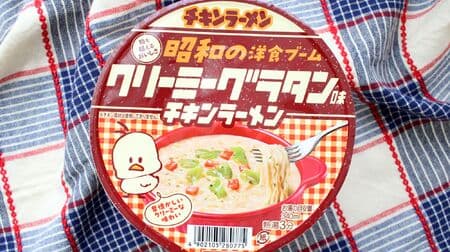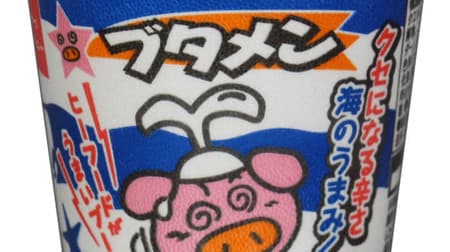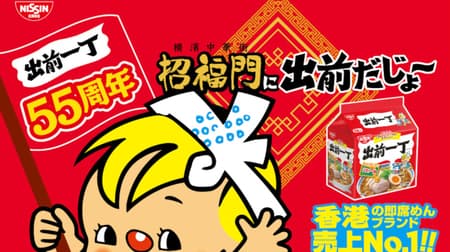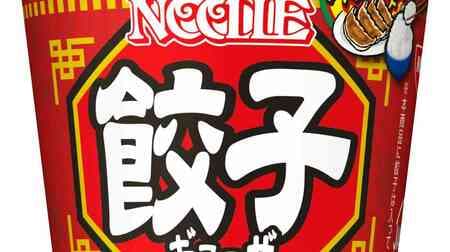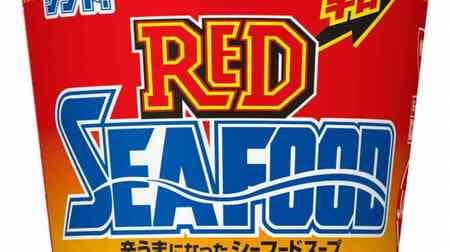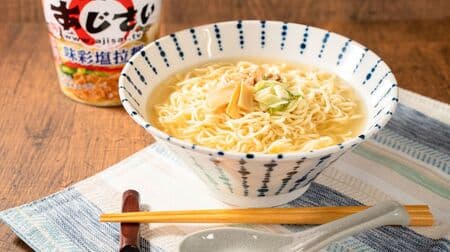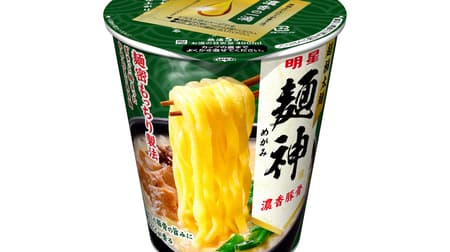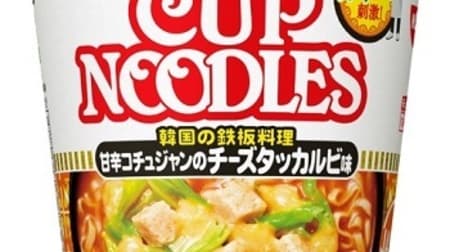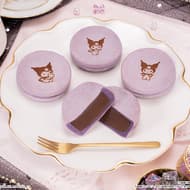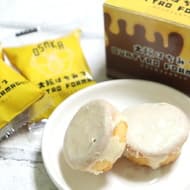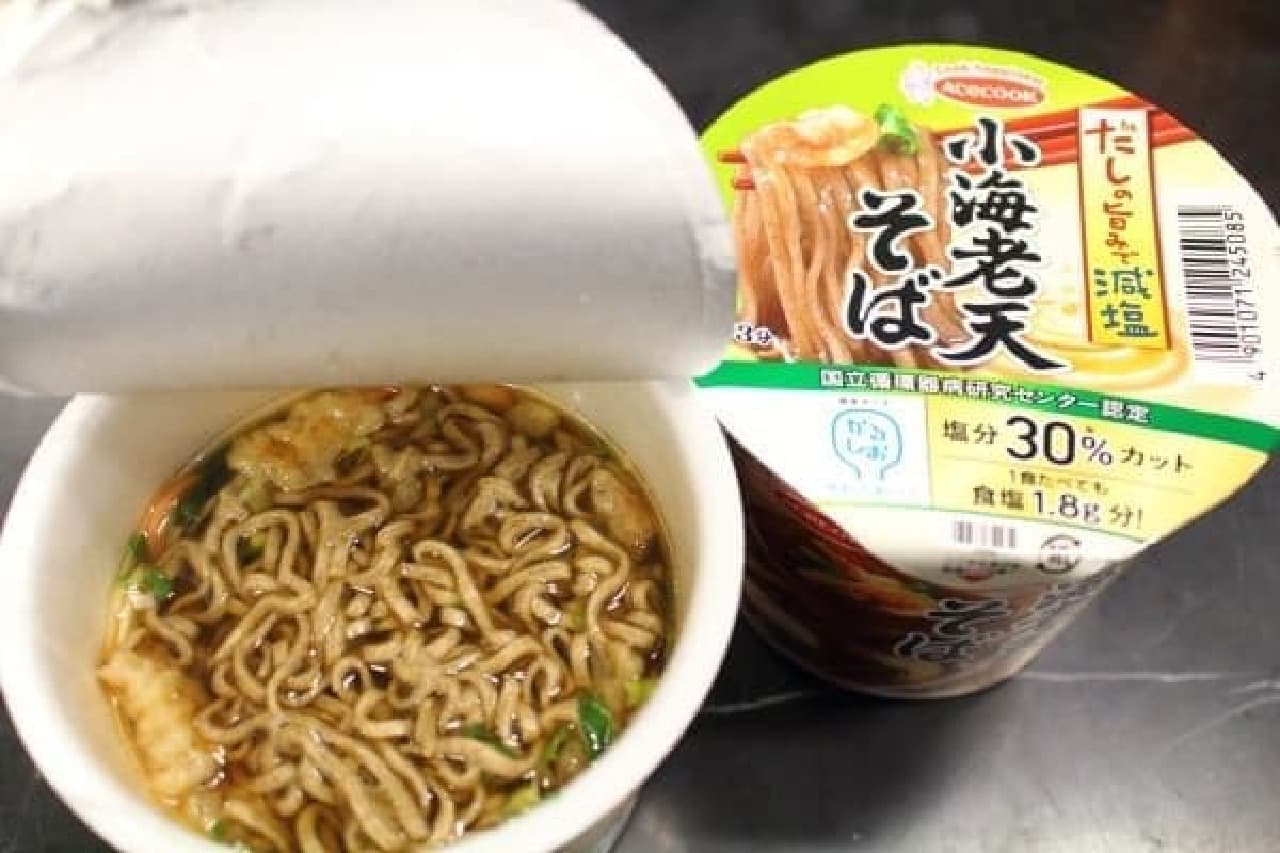
In fact, Kokujun, who carries out "Karushio certification", is a professional of "delicious salt reduction". The recipe book "National Circulation Delicious! Karushio Recipe" (7-ELEVEN & i Publishing), which was released in 2012 and is full of delicious recipes with low salt and low calories, was a big hit. It is said to "serve the most delicious hospital food in Japan" and is attracting attention. Under the "Karushio Certification" system, the GO sign is given only to products that are recognized as "delicious" by the staff of the National Cerebral and Circulation, as well as the degree of salt reduction.
The first processed food is "as it is delicious" and "30% salt cut (* 1)" is the same series of melons. It has been on sale since 2013, but it has been renewed and received "Karushio certification".

Speaking of cup noodles, it is salty. A single cup noodle of normal size will almost reach the upper limit (* 2) of the daily intake. Low salt is the moon, soft-shelled turtle, and likely to have a large dent. It was filled with "dashi no umami" and "spices / ingredients umami".
According to the person in charge of Acecook, for example, the most popular "chicken-cooked udon" is accented with yuzu pepper added to the chicken stock. The point of "Shrimp Tensoba" is the Japanese-style soup stock and the flavor of Shrimp Tensoba. Furthermore, it is important not only to reduce the salt in the soup but also to reduce the salt in the noodles. It seems that it was difficult to balance the noodles because the noodles lose their elasticity when the salt content is reduced.
When I tasted "Shrimp Tensoba", I didn't feel that the taste was light. It may be unsatisfactory for those who are accustomed to the strength of soy sauce, but there is no impression that "reduced salt = dull". I felt the richness more firmly than I imagined.
Even though I know that it's not good to eat too much salt, I eat cup noodles and eat a lot of them from everyday seasonings such as miso and soy sauce. If "Karushio certification" becomes widespread, it may be a reference for selecting products with salt reduction in mind. Above all, the taste recognized by "delicious low-salt professionals". After all it must be delicious!
* 1 Based on comparison with the Ministry of Education, Culture, Sports, Science and Technology "Standard Tables of Food Composition in Japan 2010" Chinese / Japanese style instant cup noodles (fried noodles).
* 2 According to the Ministry of Health, Labor and Welfare's "Japanese Dietary Intake Standards (2015 Edition) Formulation Study Group" report (announced in March 2014), men aged 18 and over weigh less than 8.0 g per day, and women aged 18 and over 1 A target amount of less than 7.0 g per day has been set.
